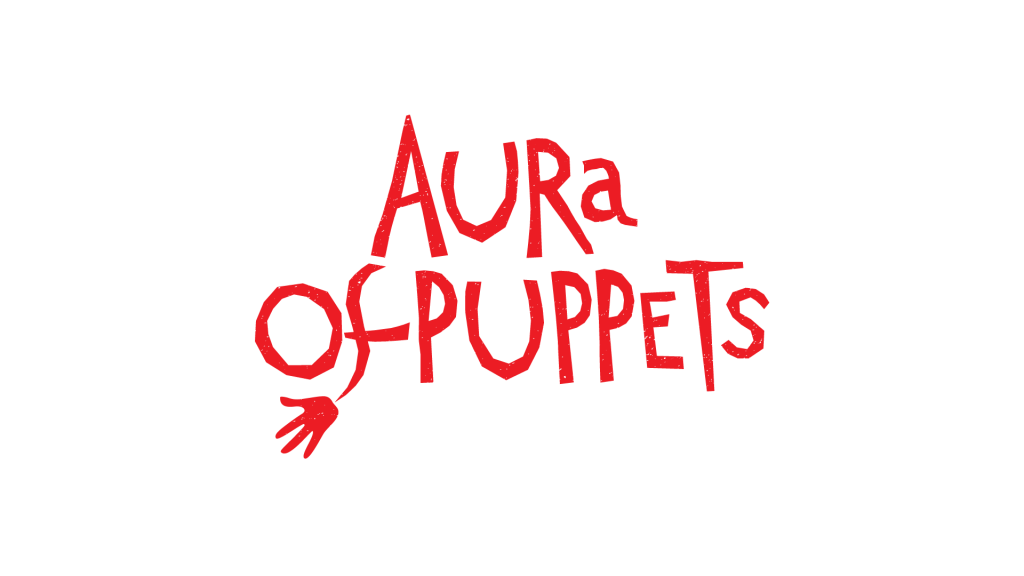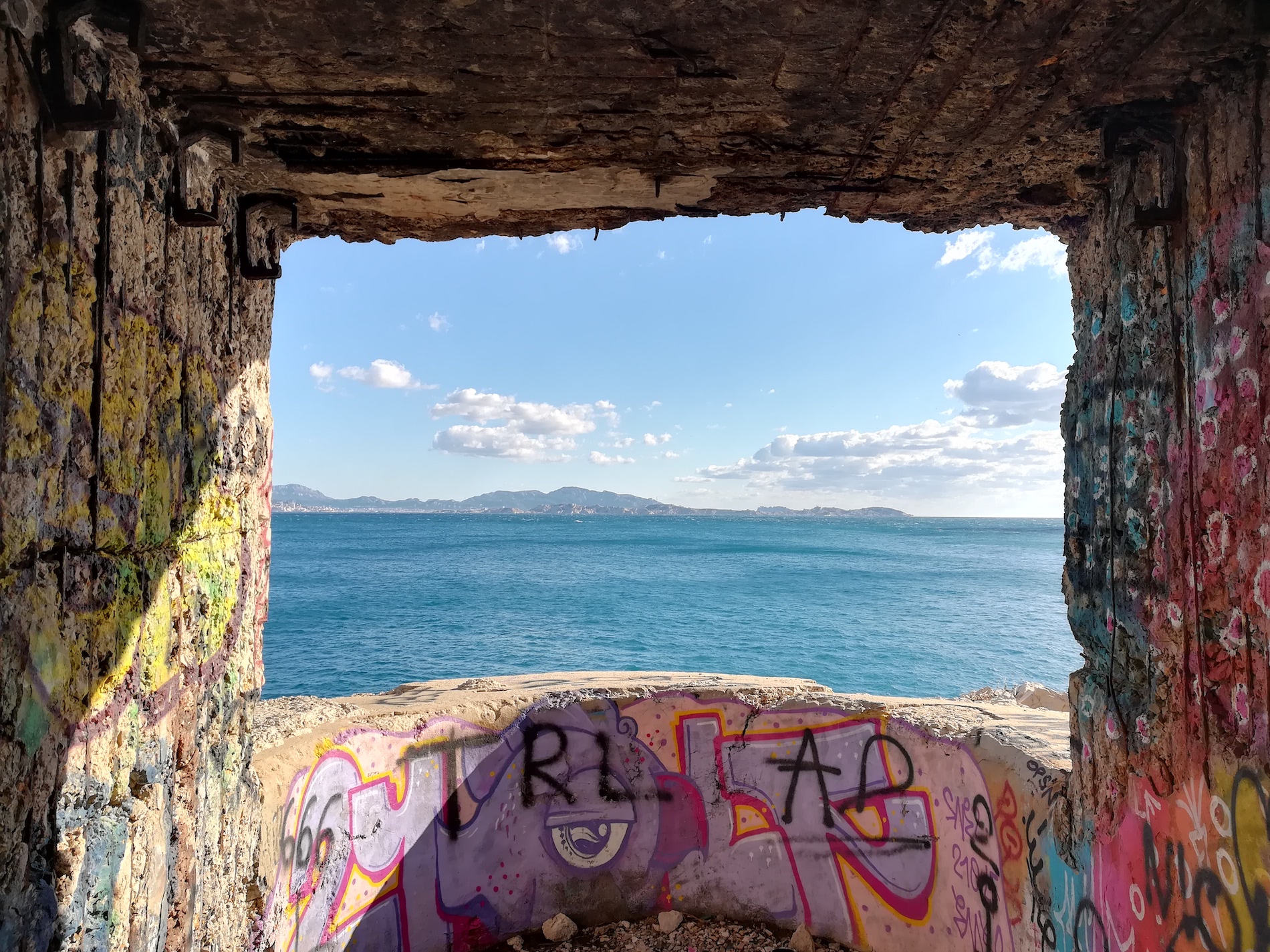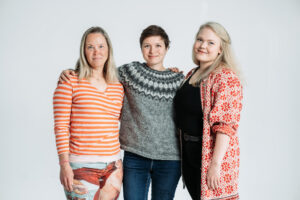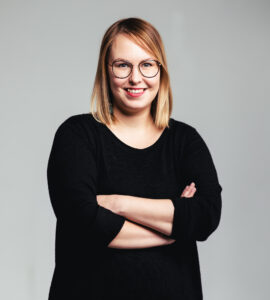Dear reader and viewer of the film TangO,
The journey to this point, where the short film TangO is ready to be screened, has been long and multifaceted. I’m writing because I’d like to share this journey with you.
In 2013, I directed a tango theater performance for the Espoo City Theater, called Seitsemän miestä (“Seven men”). The work was based on the classic Finnish novel Seven Brothers by Aleksis Kivi, and on the history of the birth of Argentinian tango in Buenos Aires in the early 1900s. Migrants to the city from Europe, African slaves, and Argentina’s own cowboys, the gauchos, were all seeking their place in society. Buenos Aires was full of men. Their rhythms and footsteps developed into the tango. The men danced much among themselves, learning to both lead and follow. Kivi’s book was published in 1870. In the story, the brothers learn to read, which is a step toward civilization and societal mobility. In the play Seitsemän miestä, instead of learning to read the men study the tango, learning to lead and follow.
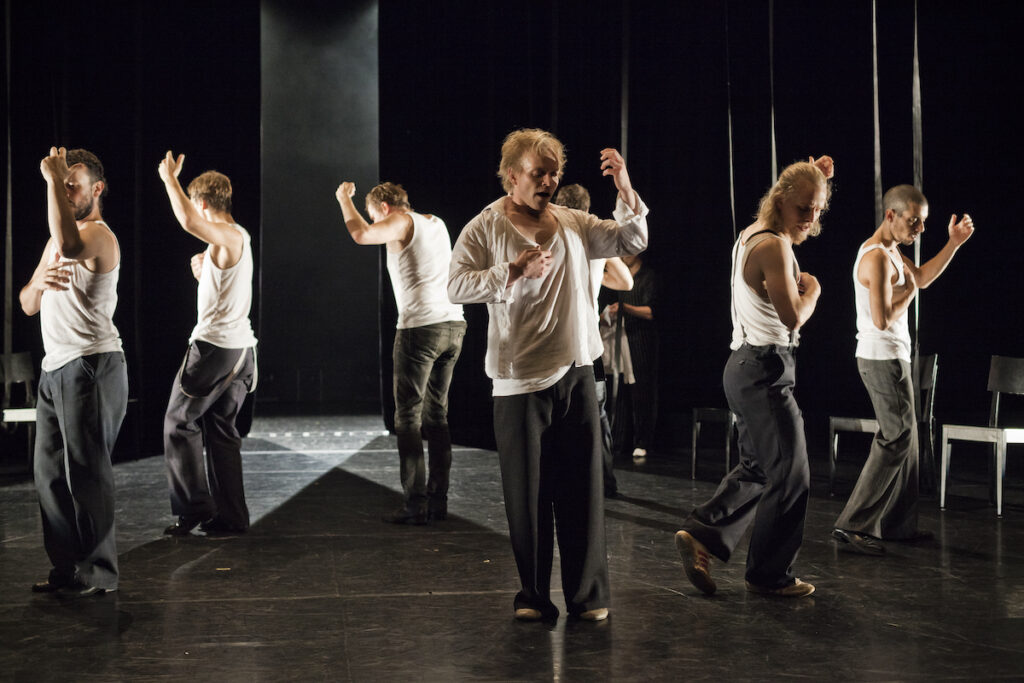
Before that production was finished, I traveled to Berlin and Buenos Aires. I danced, sat in cafés, and wrote letters to composer-musicians Johanna Juhola and Milla Viljamaa. They composed the music for Seitsemän miestä based on these letters. The compositions were also published as the album Tango Diary, which included a small booklet of my texts and collages as well as tango music.
For a long time I sought to create a companion piece for these Seven Men, and it was tango dancer Marjo Kiukaanniemi who suggested I take up another novel — Oneiron by Laura Lindstedt. It was published in 2015, when it also received the coveted Finlandia Prize. The story’s setting is an empty white space where seven women from different countries are spending purgatory after their deaths. The blank, liminal space is perplexing, it forces the women to encounter themselves and each other. Their life stories and their moments of death run through the whole novel.
A sister piece for Seven Men
I fell in love with the empty milieu and the idea of seven different countries. I decided to go on a trip. Before I left, I decided I would redo my earlier mothod. I would send composer-musician Timo Alakotila letters from my travels, upon which he would base a few tango compositions.
My journeys eventually took me to many places, in addition to the countries mentioned in Oneiron. Earlier, in 2015, I had visited by paternal grandparents’ home village of Karmala, in Sortavala; this trip to the historic land of Karelia was with me in my mind. Then in the summer of 2017 I traveled by night train to Moscow, and on to Crimea to visit my friend’s family. In autumn that same year I took part in stage artist Reetta Honkakoski‘s performance Duetto yhdelle (“Duet for one”) and had the opportunity to go to Czechia on tour. I took a flight to Prague ahead of the rest of the production team and caught a train from there to Vienna, Austria. From there another night train carried me to Oświęcim and to Auschwitz — from whence again at nighttime by rail back to Prague. In spring 2018 I stayed at a residency in Paris and went by train to coastal Marseille. On the return trip from Paris to Helsinki, the tracks brought me through the Netherlands, to Amsterdam’s Alsmeer flower market and the Hague.
At first I planned to only visit locations in and close to Europe, but when the Duetto yhdelle tour ended up in Brazil, I knew I would have to visit New York and Senegal, as well. I made it to the Big Apple through wondrous circumstances. I had applied for work at dance theater Hurjaruuth, where I’d already been part of productions in the past. This time I was given the opportunity to curate the Red Pearl clown festival, and to visit the New York Clown Festival as well. The very next day, I had my plane tickets for a flight three days later. As for Senegal, that trip came about when I applied to a residency founded by Jarmo Pikkujämsä and Staffan Martikainen in the city of Saint-Louis. I got a last-minute cancellation ticket and set off for the Atlantic coast; I spent December 2018 in Saint-Louis.
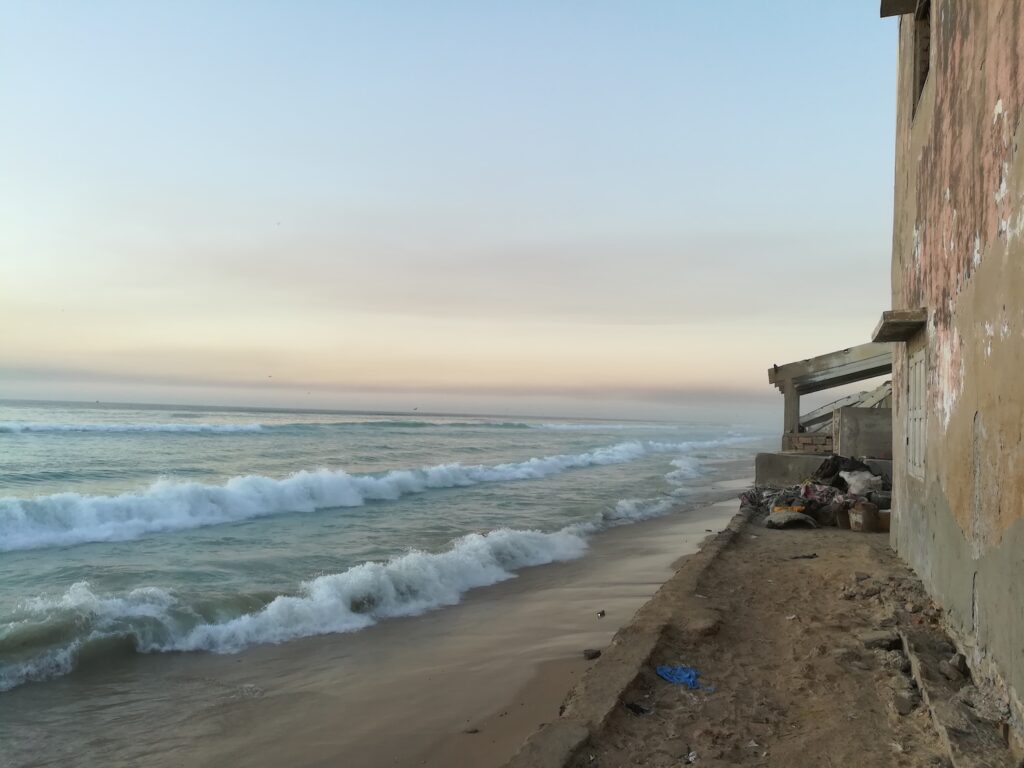
In addition to the monetary aid I received for this odyssey, I was also accompanied by literal “buenos aires” — good air, a fortuitous tailwind at my back.
Travels deepening the dramatic story
The same arc repeatedly came true for each of my journeys, starting with initial inspiration, trip planning, and flights of the imagination. Each time, right before setting out, I was accosted by feelings of anxiety, rejection, and even panic — as if I didn’t want to leave at all. My greatest anguish came on the eve of my trip to Senegal. I wept for three days straight, because I was frightened of malaria, death, the foreign culture, the early flight time, loneliness; just everything. But nonetheless, when the moment came to depart, that’s exactly what I did. I came face to face with the new, unknown world step by step, starting with the airport bus, the terminal, and the train. Different people, flowers, plants, landscapes, and scents. And in the end it was all unbelievably wonderful. When the world opens up, we open up ourselves; we expand our potential and give ourselves the chance to communicate with our own thoughts and expectations. Fears come into contact with reality, and inexorably interact. Those fears themselves are shocked, gain momentum and rejection; or indeed, they curl open, soften, follow along; whatever the case may be.
Each journey itself always involved a whole spectrum of emotions and mental states, but sooner or later the primary feeling was of fulfilling gratitude, usually right at the beginning, once the constrictive anxiety had melted away. I danced the tango, but I also wandered the cities, the countryside, the beaches and streets. I wrote letters and kept my diary. I coexisted with people, living each moment as it came to me. The greatest dance partner turned out to be life itself.
All those letters, the book, and my travels were meant to coalesce into a performance; I already had part of my team assembled, absolutely excellent female dancers, but the form of the piece didn’t feel right. I erased everything and started from nothing. Eventually I found my direction in focusing on one single woman and my own experiences. Short film felt like the best medium for this new concept.
From letters, a book and travelsto a film
Making the movie has certainly been a journey all on its own, an adventure that I have had the privilege of sharing with cameraman and editor Jussi Virkkumaa, visualist Heini Maaranen, composer-musician Timo Alakotila, and countless other dear people who made the film possible. One of the most memorable moments occurred at 2:30 am in July, when we first encountered our small red Lada at the Mynämäki church in Southwest Finland. Our road trip with that car, and filming in various abandoned houses, took place in the sweltering summer of 2021 in Vehmaa, Raisio, and Mynämäki.
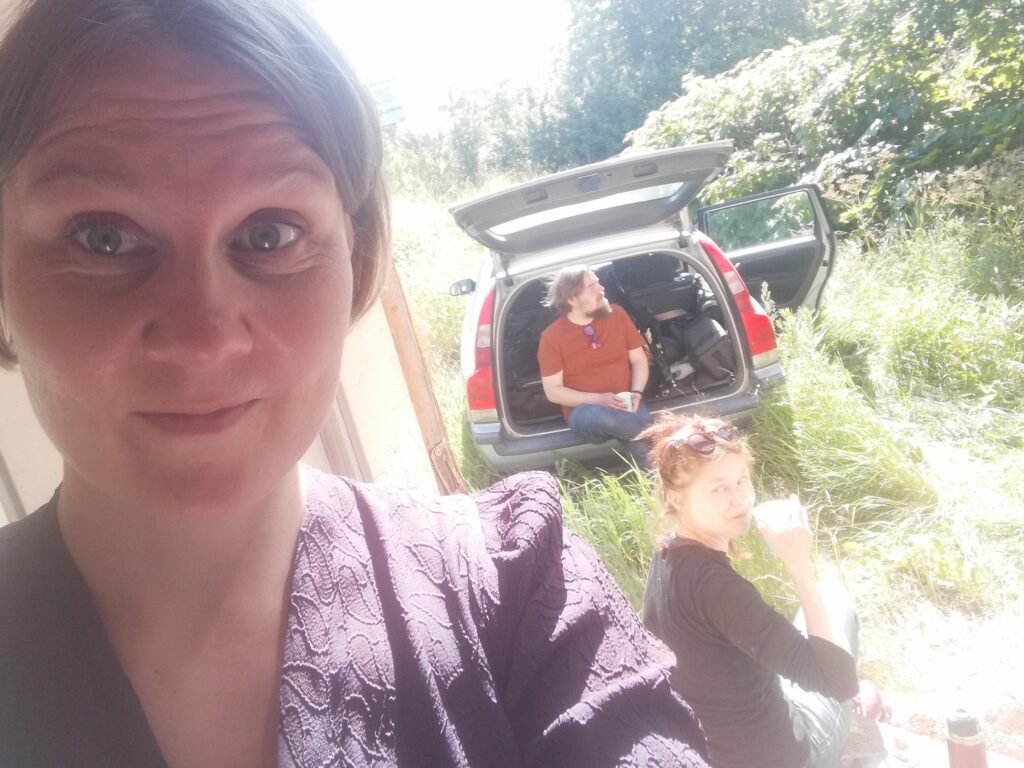
Connection and communication are of utmost importance in tango. Connection is formed between people through the dancing position, the abrazo or embrace. Most basically, tango is walking and moving together with music and with a partner. Tango contains lots of improvisation, the dance happens in the moment, which is created by the two clear roles of leader and follower. A skilled leader provides the direction and impulse, but is also able to follow those of the follower, and to give them the space to dance. The follower listens, reacts, but also takes an active part, giving room to be lead. Communication is actually a two-way process of following and leading. One’s own responsibility for one’s steps and dancing is crucial, but it always manifests in relation to the other. At its most glorious, tango is bright and flowing; surprising and impulsive; ecstatic, sensitive discourse; listening and playing.
In the film, I am alone in front of the camera. Being alone is natural for me. There is also a familiar ache involved, but in this work it didn’t feel right to bring in another person as my partner, despite it being part and parcel of tango. High-quality two-person tangos are often available, but I was interested in seeing what happens within the dance without the traditional pairing up, perhaps to see more clearly. So what does occur in a solo tango? It is difficult to explain and perhaps unnecessary to define, but some sort of connection is what it’s about, and what that connection creates.
On second thought, I’m not alone in the picture after all. There is also the floor, the walls, perhaps some objects, the whole space and its potential history, and the history of my travels. In all, film also contains the moving image itself, the editing, the music and other sounds. I was fascinated by the idea that the letters I’d sent from all over the world could give composer Timo Alakotila a source from which to draw thoughts, rhythms, and melodies. I’m leading, giving space and impulse, which Timo responded to with his music. Timo’s musical themes were themselves the impulse for the movie’s filming and photography. Jussi Virkkumaa’s visual work entails both leading and following at the same time. No single element of this short film was fully prepared beforehand. Following and leading, movement and dance, oscillate all the way to the end. Timo’s music is partially composed and partially improvised. The tango occurs in this film between image, editing, movement, collage, music, and sound.
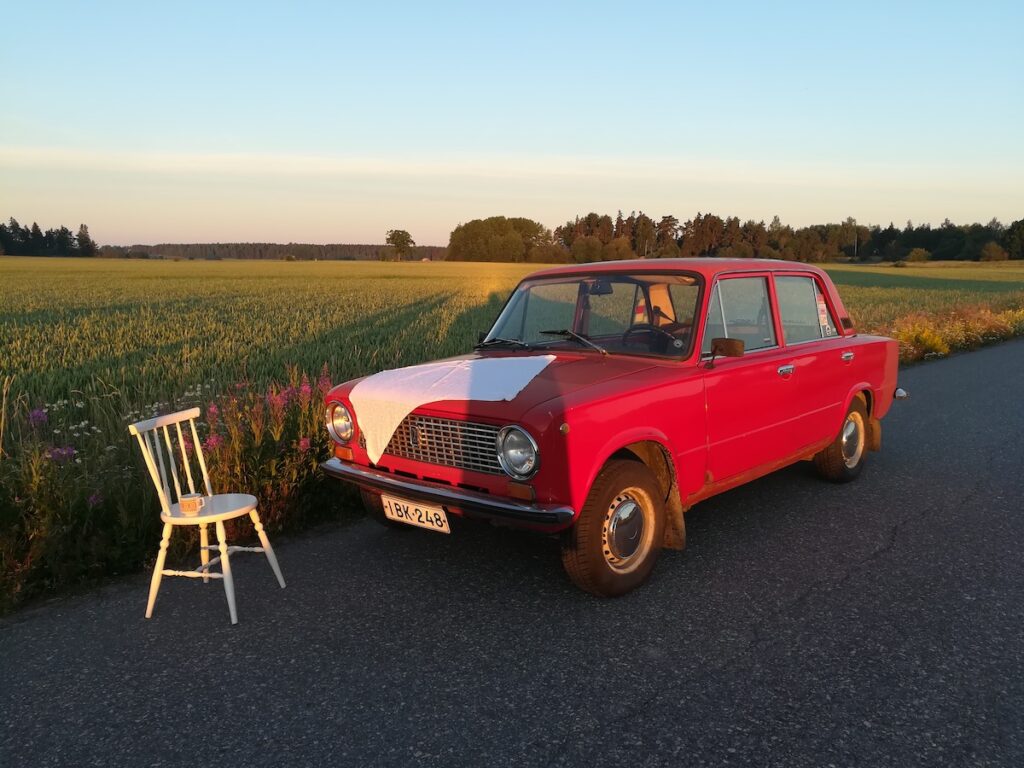
This work has been in motion for a long time. It has strayed, fumbled, but also inevitably taken each step toward completion. It is a relief and a joy that this rough and beloved process has finally produced a flower of its own. But it’s certainly melancholy, too. A finished form is like a death, a cessation, a full stop. Then again, it is also always the moment of birth, the beginning of the journey of the work and its viewer.
In Milonga tango, the sets are formed by dancing four separate dances with one partner. The grouping of four tangos is known as a tanda. After a good tanda, the leader accompanies the follower back to their seat. After the final show of Seitsemän miestä, tango dancer Timo Hakkarainen, who danced the role of “Eero”, escorted me, the director, to the front door of my home. A good tango tanda was finished. It felt charming. Tango is the art of the moment, as is all of life. So I will enjoy this momentary melancoly, finish up the film with my team, and step on toward the premiere.
With wistful and loving regards,
Elina
